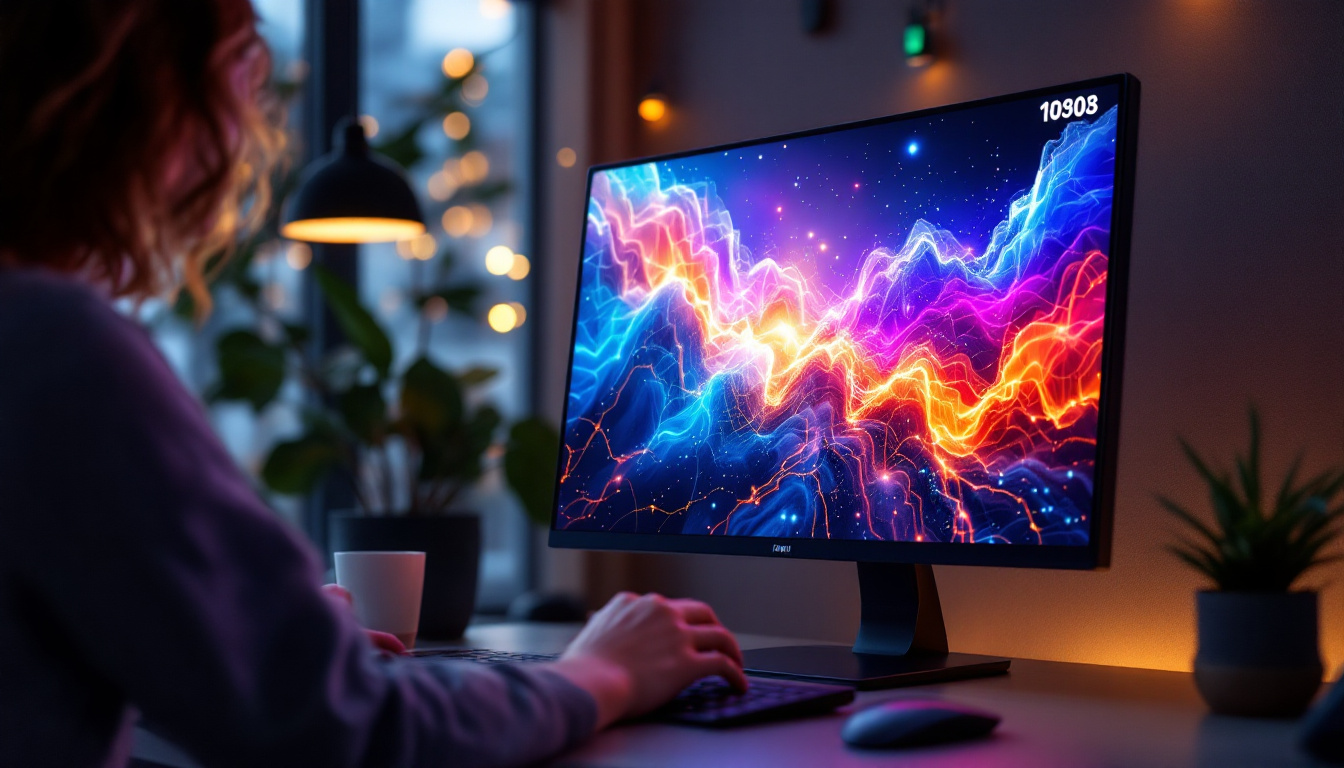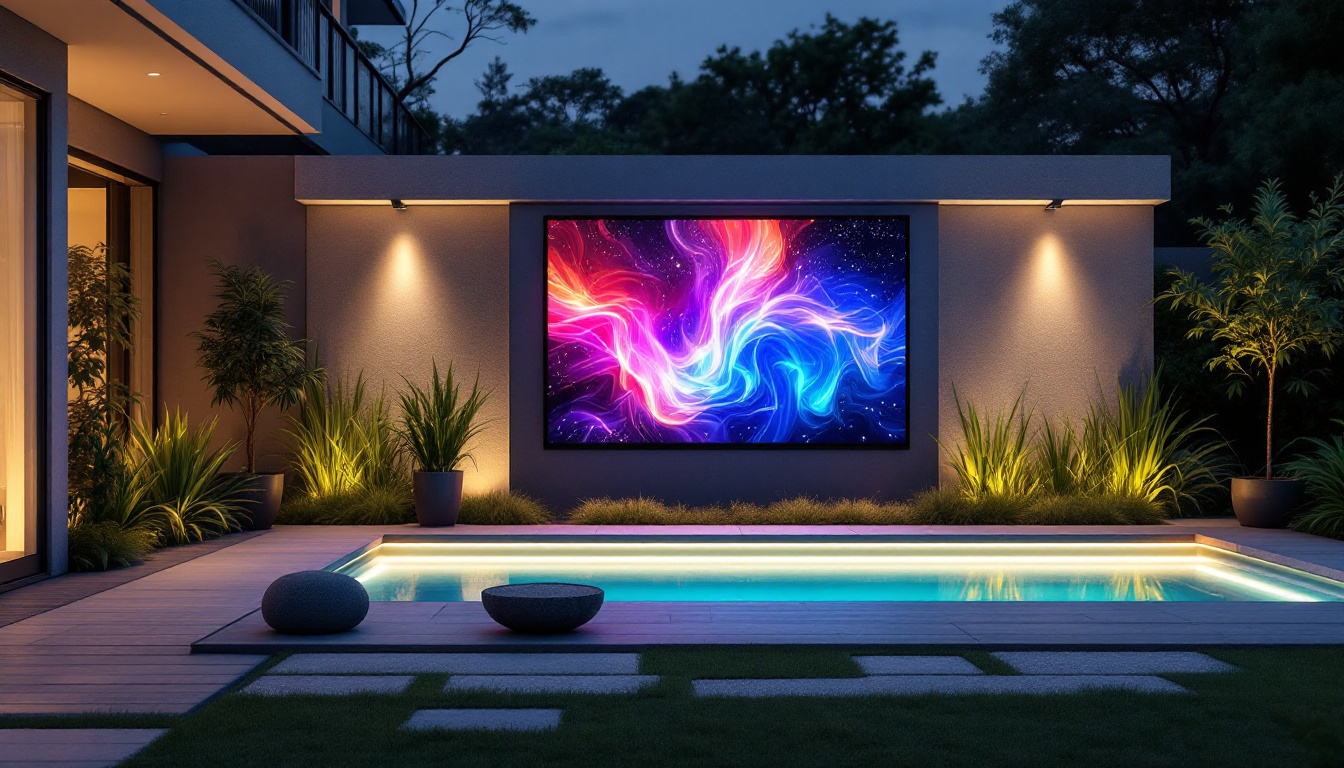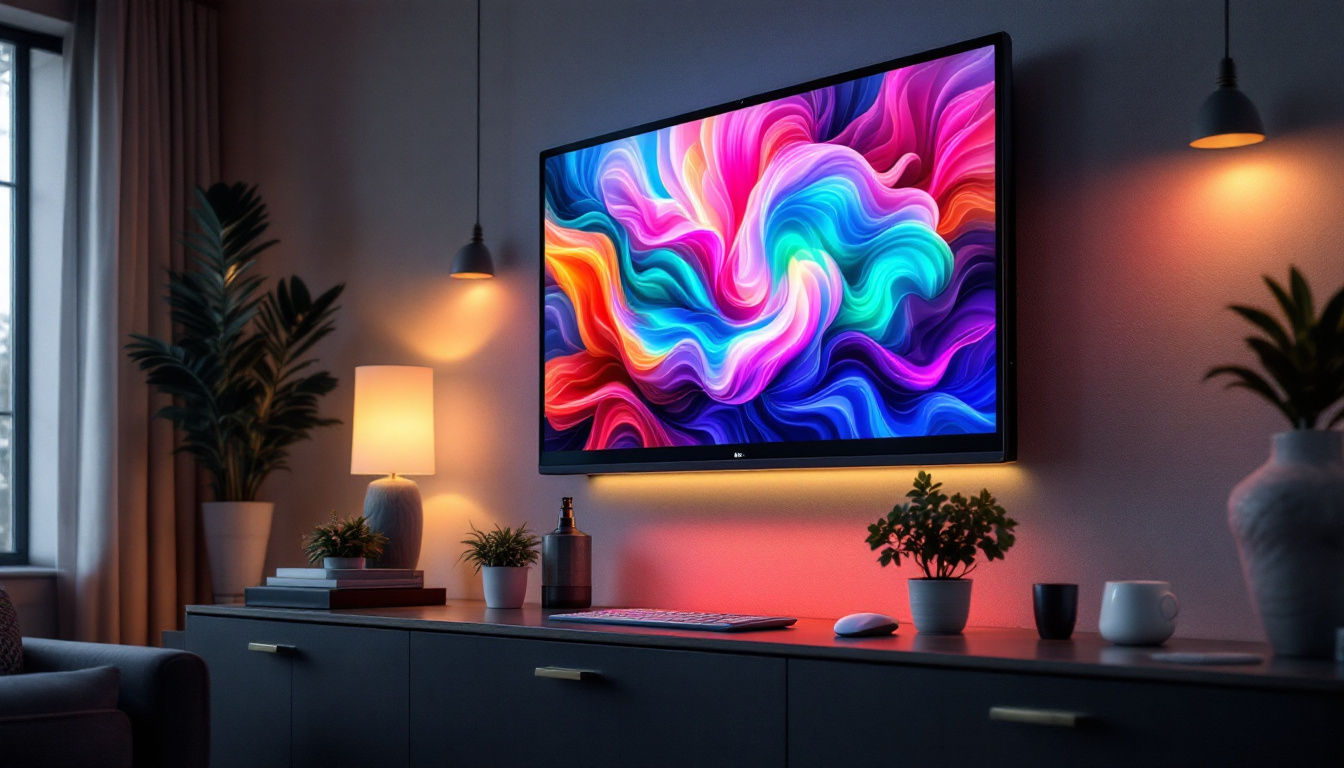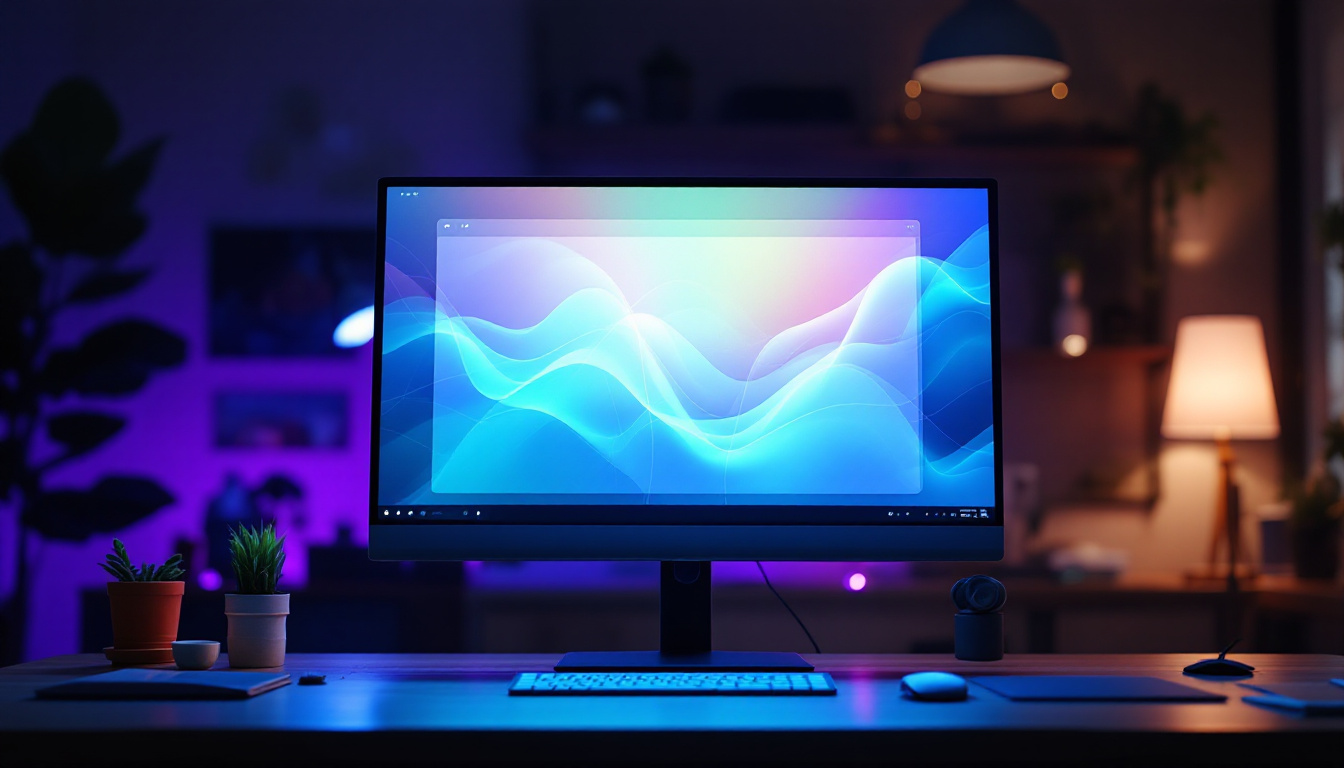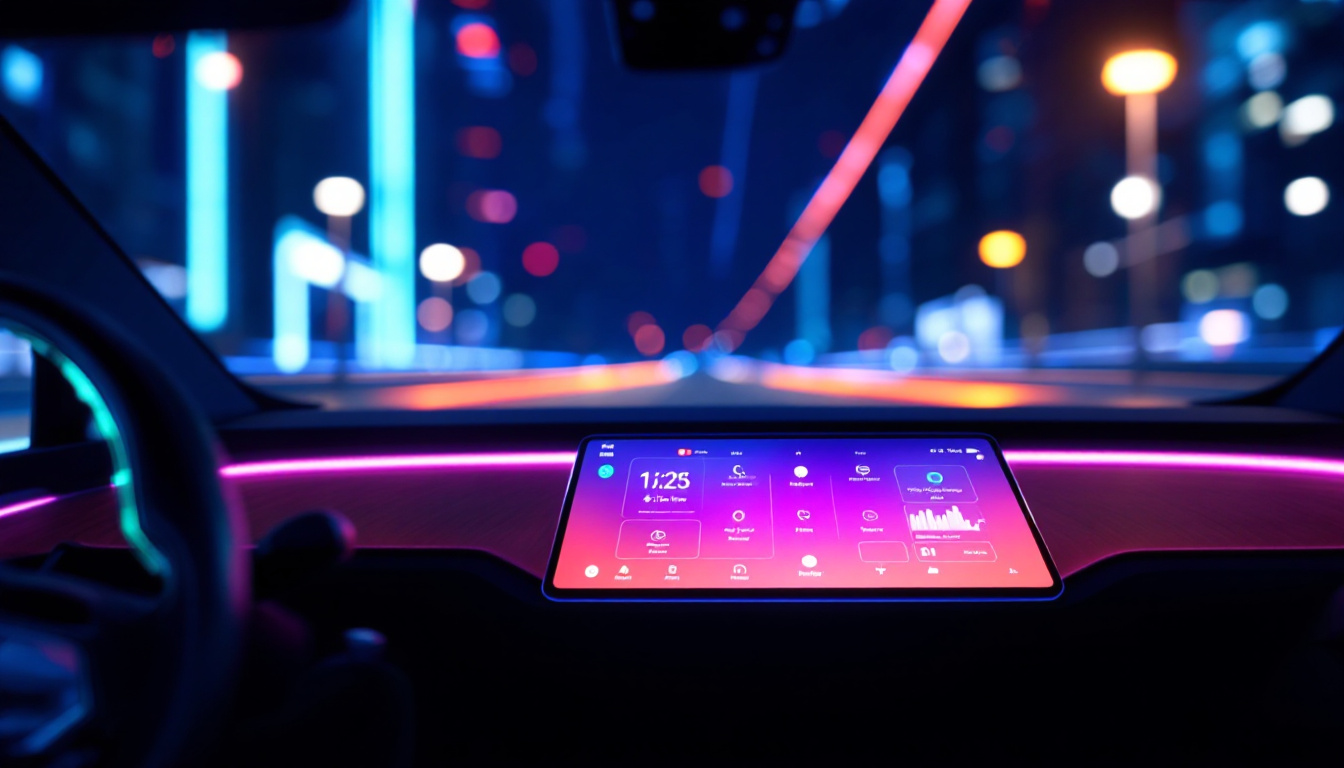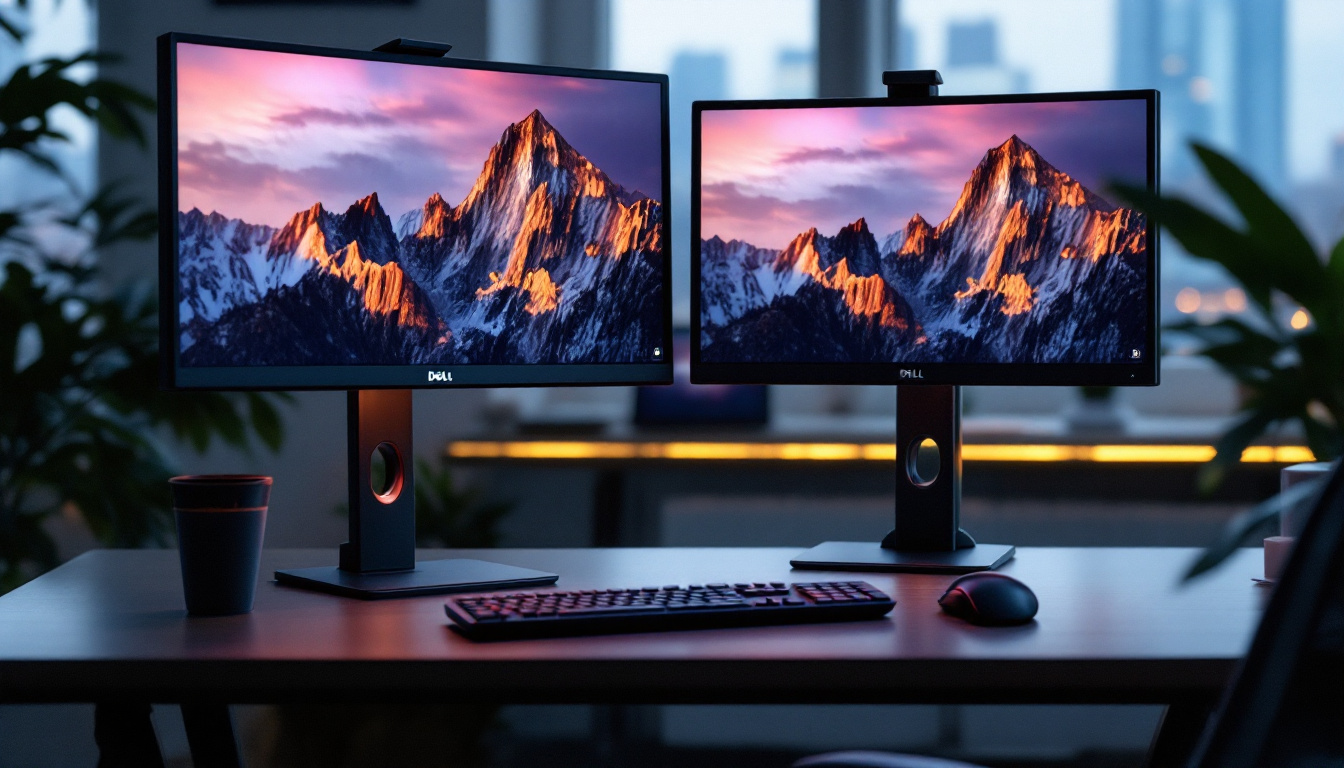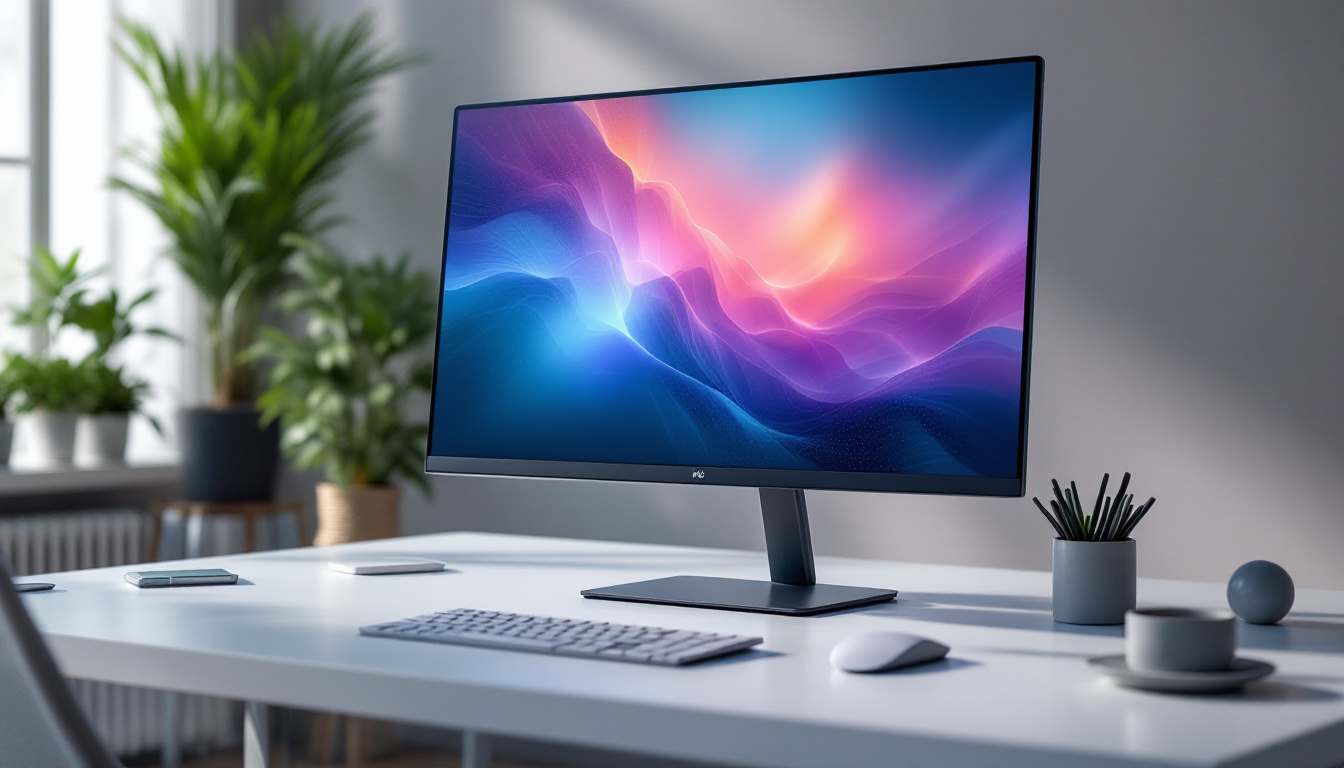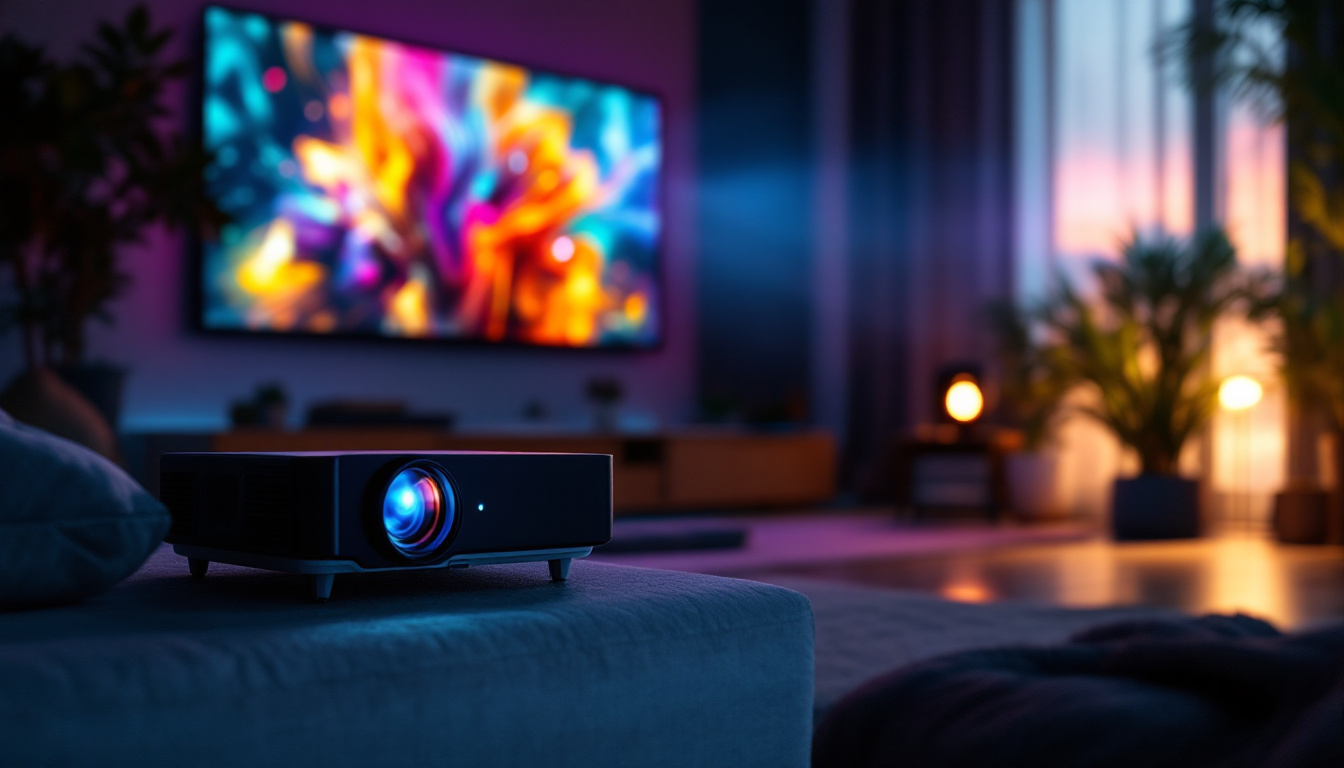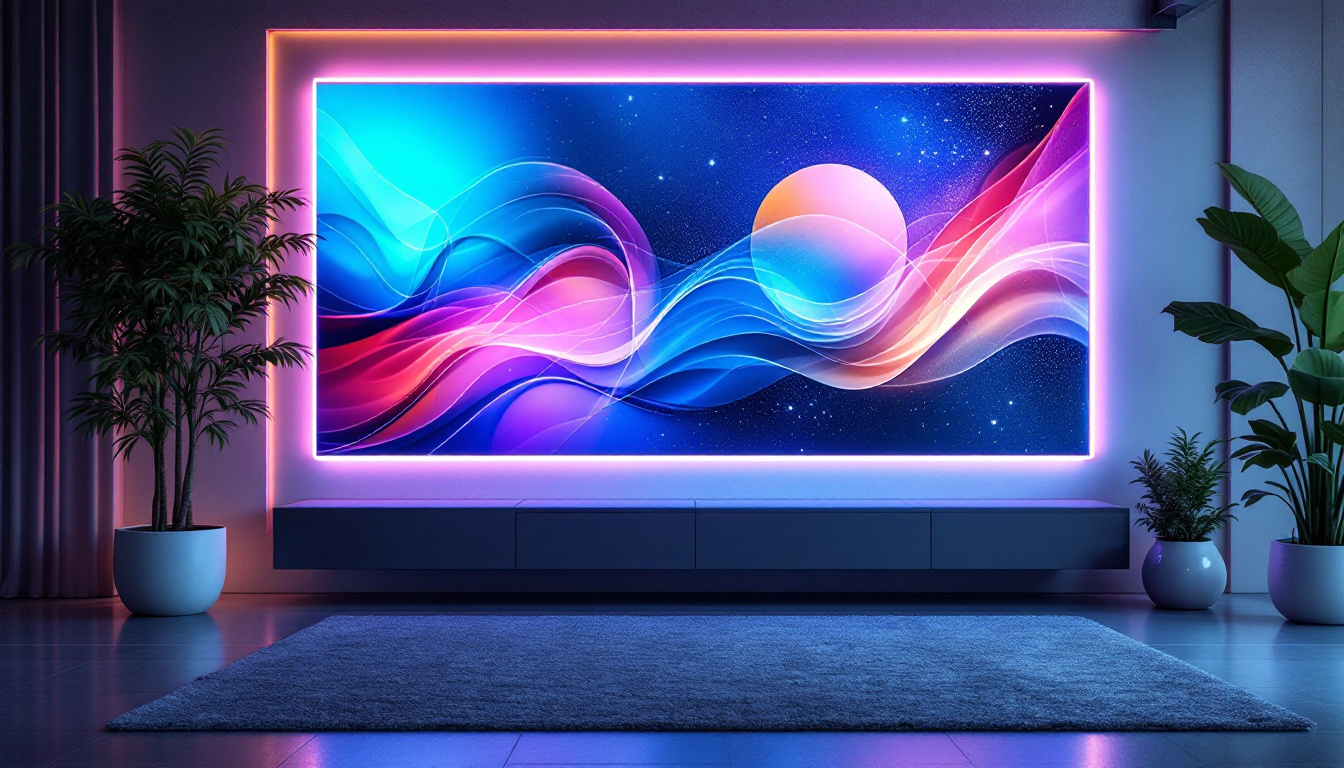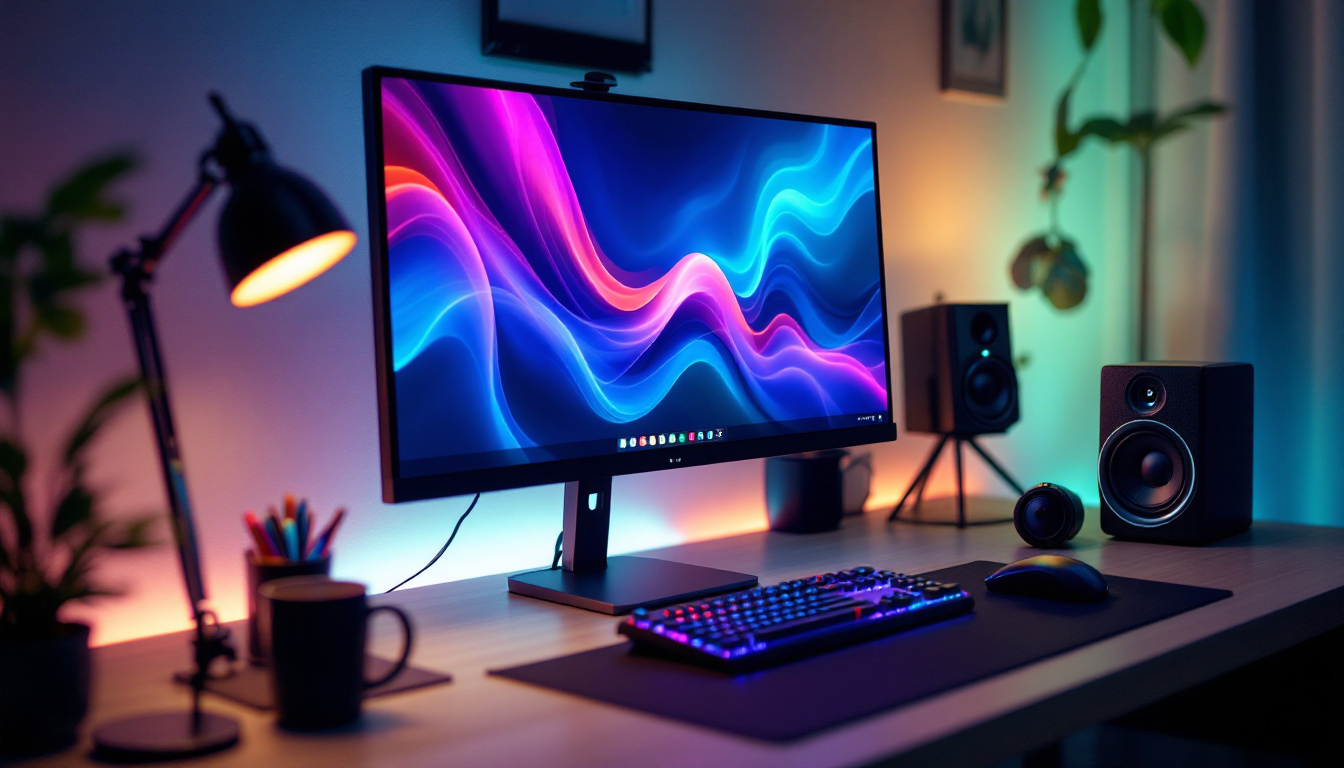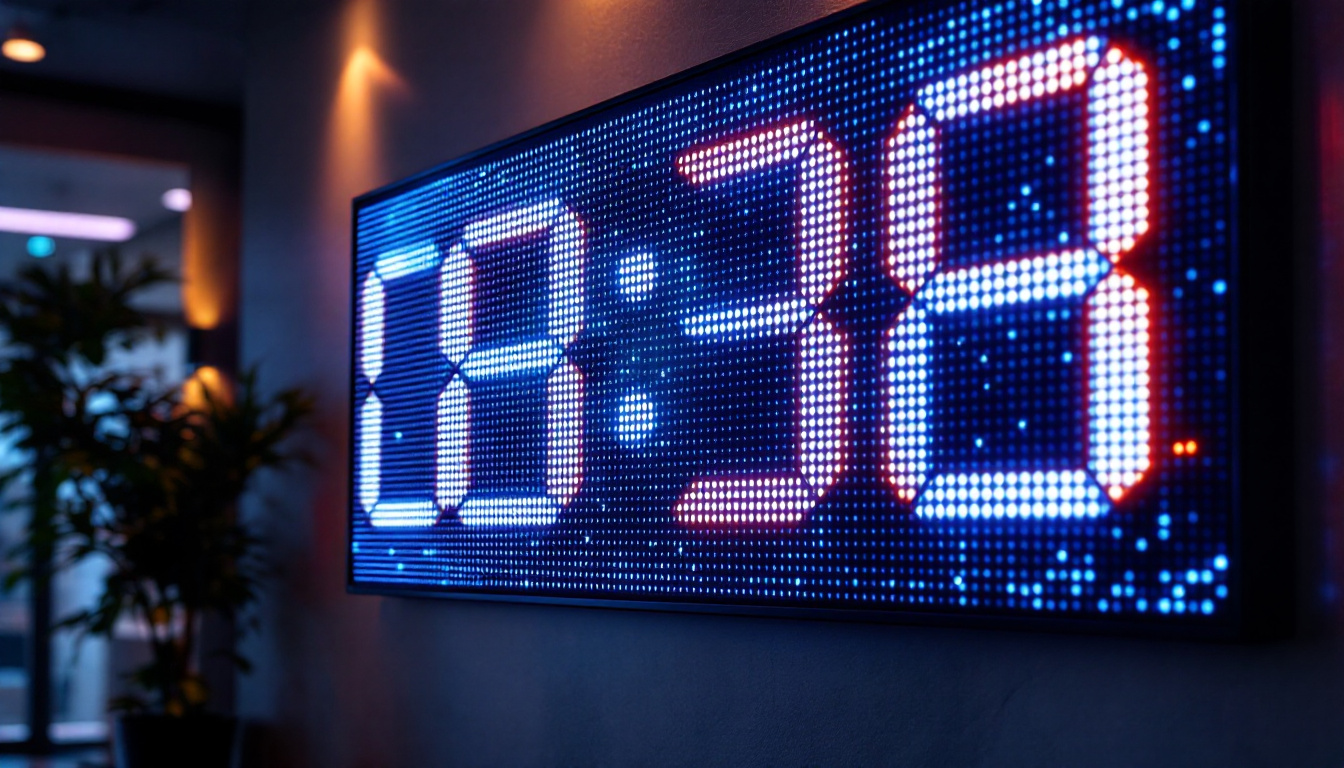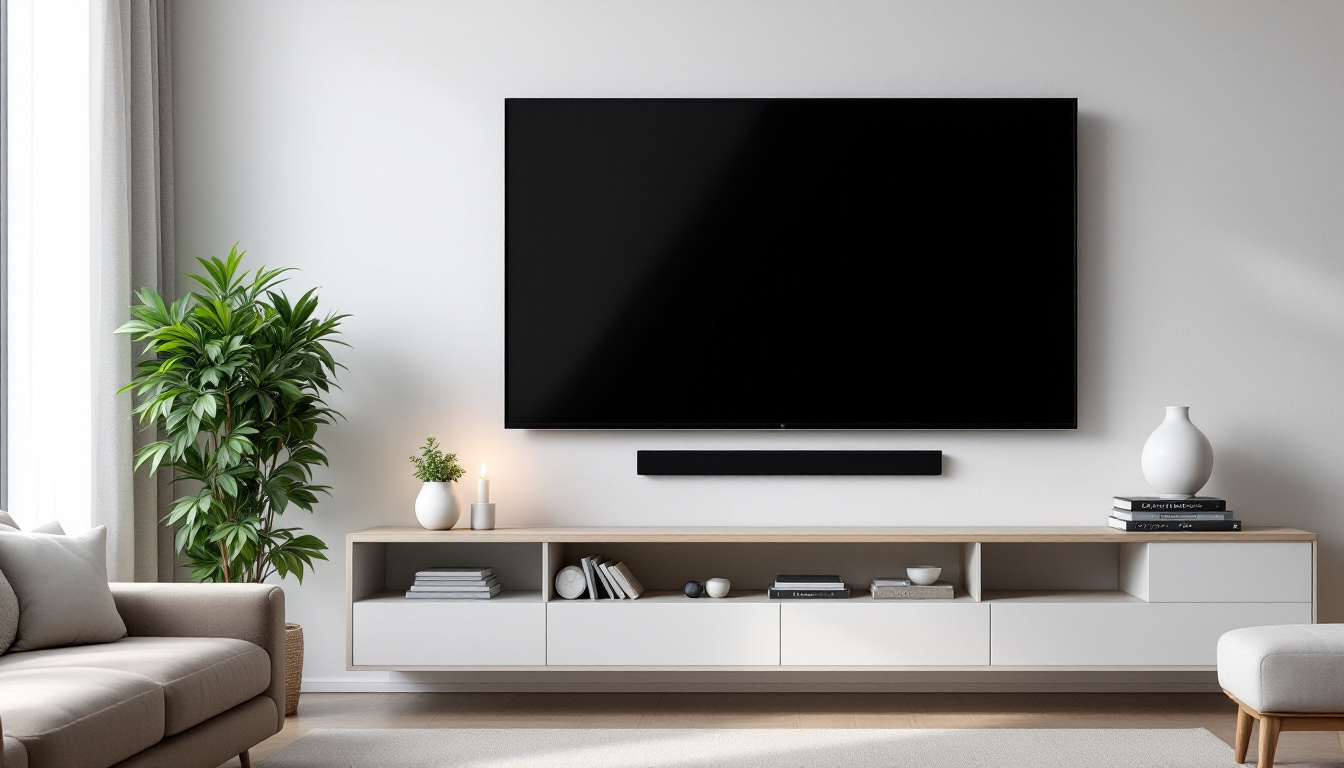The evolution of technology has transformed the way we interact with computers, and one of the most significant advancements in recent years is the wireless touch screen computer monitor. These devices combine the convenience of wireless connectivity with the intuitive interface of touch screen technology, making them ideal for a variety of applications. This article delves into the intricacies of wireless touch screen monitors, particularly focusing on LED displays, their benefits, functionality, and the future of this technology.
Understanding Wireless Touch Screen Monitors
Wireless touch screen monitors represent a blend of traditional display technology and modern connectivity features. Unlike standard monitors that require a physical connection to a computer, these devices utilize wireless technology to communicate with other devices, allowing for greater flexibility and mobility.
What is a Wireless Touch Screen Monitor?
A wireless touch screen monitor is essentially a display that allows users to interact with their computer or compatible devices through touch gestures. These monitors typically feature LED backlighting, which enhances brightness and color vibrancy, making them suitable for various environments, from home offices to commercial settings.
The wireless aspect means that users can connect their monitors to laptops, tablets, or even smartphones without the clutter of cables. This feature is particularly beneficial in environments where space is limited or where a clean aesthetic is desired. Additionally, many models are designed with portability in mind, often featuring lightweight designs and built-in batteries, making them ideal for on-the-go professionals or educators who need to set up presentations in different locations.
Key Features of Wireless Touch Screen Monitors
Several features distinguish wireless touch screen monitors from traditional displays. These include:
- Touch Sensitivity: Most wireless touch screen monitors support multi-touch functionality, enabling users to perform gestures such as pinch-to-zoom and swipe with ease.
- Wireless Connectivity: These monitors often utilize Wi-Fi or Bluetooth technology to connect to devices, providing a seamless user experience.
- High Definition Resolution: Many models offer Full HD or even 4K resolution, ensuring that images and videos are displayed with exceptional clarity.
Applications of Wireless Touch Screen Monitors
The versatility of wireless touch screen monitors allows them to be used in various settings. Common applications include:
- business presentations: These monitors facilitate interactive presentations, allowing presenters to engage their audience directly through touch.
- Education: In classrooms, teachers can use these monitors to display educational materials and encourage student participation.
- Home Entertainment: Many users enjoy streaming content or gaming on these monitors, taking advantage of their vibrant displays and wireless capabilities.
Moreover, the integration of advanced technologies such as gesture recognition and voice control is becoming increasingly common in newer models. This allows for even more intuitive interactions, where users can navigate through applications or presentations without needing to physically touch the screen. Such features are particularly useful in environments where hygiene is a concern, as they reduce the need for direct contact with surfaces. Additionally, with the rise of smart home technology, these monitors can serve as central hubs for controlling various smart devices, integrating seamlessly into the modern connected lifestyle.
As the technology continues to evolve, manufacturers are also focusing on enhancing the durability and responsiveness of touch screens. Many models now feature tempered glass surfaces that are resistant to scratches and fingerprints, ensuring a clear view even after extensive use. Furthermore, advancements in battery technology are allowing for longer usage times without needing a recharge, making wireless touch screen monitors an increasingly practical choice for both personal and professional applications.
LED Display Technology Explained
LED (Light Emitting Diode) display technology is a crucial component of wireless touch screen monitors. Understanding how LED displays work can provide insights into their advantages and why they have become the preferred choice for modern monitors.
How LED Displays Work
LED displays utilize a series of light-emitting diodes to produce images. Unlike traditional LCD monitors that use fluorescent backlighting, LED displays provide illumination directly from the diodes. This technology allows for greater control over brightness and color accuracy.
There are two main types of LED displays: edge-lit and full-array. Edge-lit displays have LEDs positioned around the edges of the screen, while full-array displays feature a grid of LEDs behind the entire screen. Full-array displays typically offer better contrast and uniformity in brightness, making them ideal for high-quality visual applications.
Advantages of LED Displays
LED displays come with a host of benefits, making them an attractive option for wireless touch screen monitors:
- Energy Efficiency: LED technology consumes less power compared to traditional displays, leading to lower energy bills and a reduced environmental impact.
- Brightness and Contrast: LED displays can achieve higher brightness levels and better contrast ratios, resulting in vibrant colors and deeper blacks.
- Longevity: LED technology is known for its durability, with a longer lifespan compared to other display technologies, reducing the need for frequent replacements.
Comparison with Other Display Technologies
When evaluating display technologies, it’s essential to compare LED displays with alternatives such as LCD and OLED. Each technology has its strengths and weaknesses:
- LCD: While LCDs can offer good color reproduction, they often fall short in terms of brightness and energy efficiency compared to LED displays.
- OLED: OLED displays provide superior color accuracy and contrast but can be more expensive and may suffer from burn-in issues over time.
Ultimately, LED displays strike a balance between performance, cost, and durability, making them a popular choice for wireless touch screen monitors.
Benefits of Wireless Touch Screen Monitors
The integration of wireless technology with touch screen capabilities offers numerous advantages, enhancing user experience and functionality. These benefits are particularly evident in both personal and professional settings.
Enhanced User Interaction
One of the most significant advantages of wireless touch screen monitors is the enhanced level of interaction they provide. Users can engage with content more intuitively through touch gestures, making tasks such as navigating software, browsing the web, or playing games more enjoyable.
This level of interactivity is especially beneficial in educational environments, where students can participate actively in lessons. The tactile experience of touching the screen can help reinforce learning and improve retention of information.
Flexibility and Portability
Wireless touch screen monitors offer unparalleled flexibility. Without the constraints of cables, users can position their monitors in various locations, whether in a conference room, a classroom, or a living room. This portability allows for easy setup and relocation, catering to different needs and preferences.
Additionally, many models are lightweight and designed for easy transport, making them suitable for professionals who need to present in multiple locations.
Streamlined Workspace
In an era where minimalism and organization are valued, wireless touch screen monitors contribute to a streamlined workspace. The absence of cables reduces clutter, creating a more aesthetically pleasing environment. This clean setup can enhance focus and productivity, allowing users to concentrate on their tasks without distractions.
Choosing the Right Wireless Touch Screen Monitor
With a plethora of options available in the market, selecting the right wireless touch screen monitor can be a daunting task. Several factors should be considered to ensure that the chosen monitor meets specific needs and preferences.
Screen Size and Resolution
Screen size and resolution are critical factors in determining the overall viewing experience. Larger screens provide more real estate for multitasking, while higher resolutions offer sharper images. For professional use, a monitor with at least Full HD (1920×1080) resolution is recommended, while those seeking exceptional clarity may opt for 4K displays.
Touch Technology
Different monitors may employ various touch technologies, such as capacitive or resistive touch. Capacitive touch screens are generally more responsive and support multi-touch gestures, making them ideal for interactive applications. In contrast, resistive touch screens may be less sensitive but can be used with styluses or gloves, which can be advantageous in certain environments.
Connectivity Options
While wireless connectivity is a hallmark of these monitors, it’s essential to consider additional connectivity options. Look for monitors that offer multiple ports, such as HDMI, USB-C, or DisplayPort, to ensure compatibility with various devices. This flexibility can enhance the monitor’s usability across different platforms.
Future Trends in Wireless Touch Screen Monitors
The future of wireless touch screen monitors is promising, with several trends expected to shape their development in the coming years. As technology continues to advance, these monitors will likely become more sophisticated and user-friendly.
Advancements in Touch Technology
As touch technology evolves, users can expect more responsive and accurate touch screens. Innovations such as haptic feedback and improved gesture recognition will enhance user interaction, making it feel more natural and intuitive.
Additionally, the integration of artificial intelligence could lead to smarter touch screen monitors that adapt to user preferences and behaviors, further streamlining the user experience.
Increased Integration with Smart Devices
As the Internet of Things (IoT) continues to expand, wireless touch screen monitors will likely become central hubs for smart home and office devices. Users may control lighting, temperature, and security systems directly from their monitors, creating a seamless interface for managing their environments.
Sustainability and Energy Efficiency
With growing concerns about environmental impact, manufacturers are increasingly focusing on sustainability. Future wireless touch screen monitors may incorporate eco-friendly materials and energy-efficient technologies, appealing to environmentally conscious consumers.
Conclusion
The wireless touch screen computer monitor with LED display technology represents a significant leap forward in how users interact with their devices. By combining the benefits of touch interactivity with wireless convenience, these monitors cater to a wide range of applications, from business to education and home entertainment.
As technology continues to advance, the future of wireless touch screen monitors looks bright. With ongoing improvements in touch sensitivity, connectivity, and sustainability, these devices are set to become even more integral to our daily lives. Whether for professional use or personal enjoyment, investing in a wireless touch screen monitor can enhance productivity, creativity, and overall user experience.
Discover LumenMatrix’s Advanced LED Display Solutions
Ready to elevate your visual experience with the latest in wireless touch screen technology? LumenMatrix is at the forefront of LED display innovation, offering a diverse range of solutions that bring your content to life. From dynamic Indoor and Outdoor LED Wall Displays to versatile Vehicle and Sports LED Displays, our products are designed to captivate and engage. Explore our LED Poster Displays, Floor LED Displays, and revolutionary All-in-One and Transparent LED options to find the perfect fit for your needs. Embrace the future of visual communication with LumenMatrix and transform the way you share your message. Check out LumenMatrix LED Display Solutions today and see the difference for yourself.

